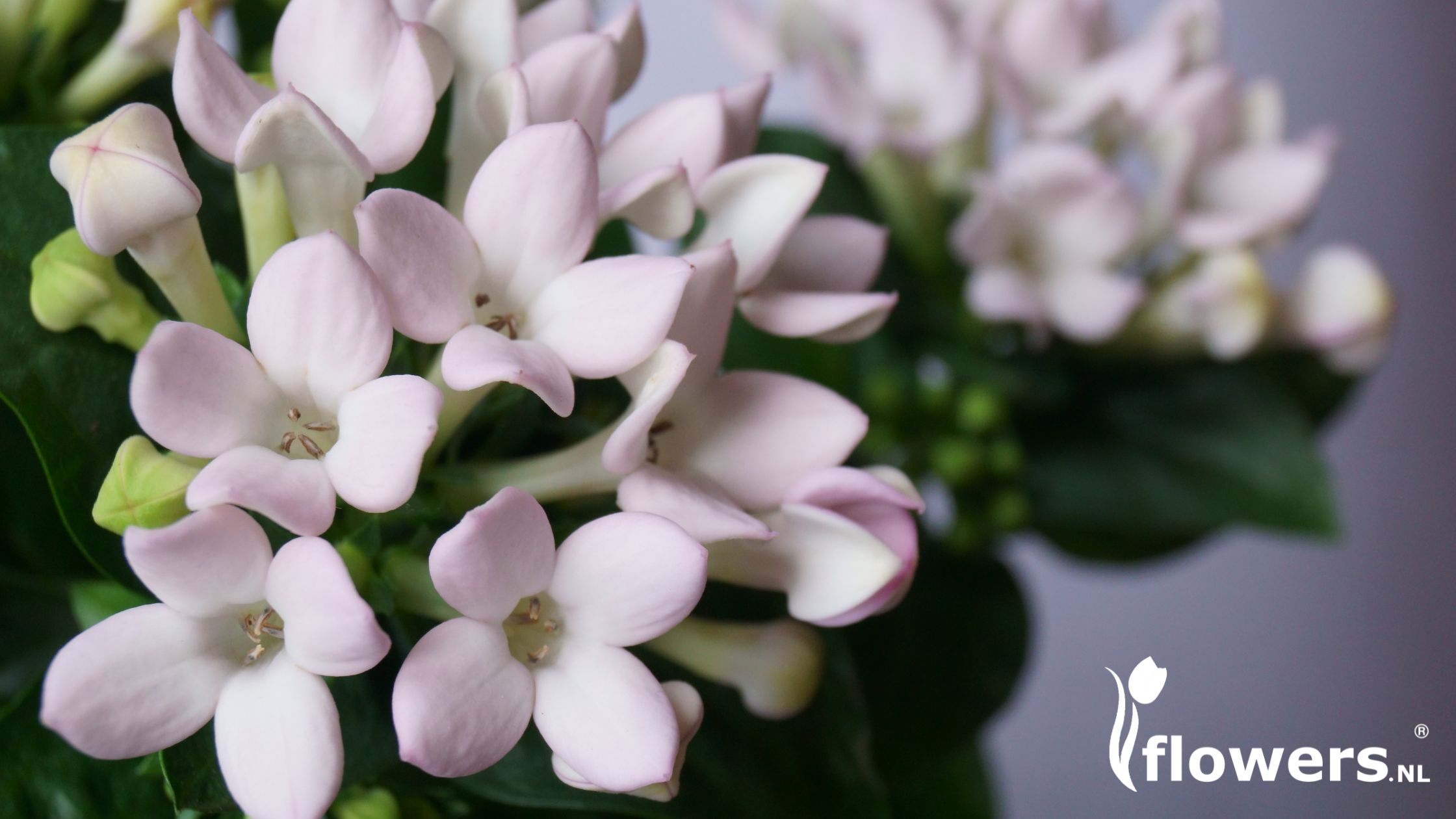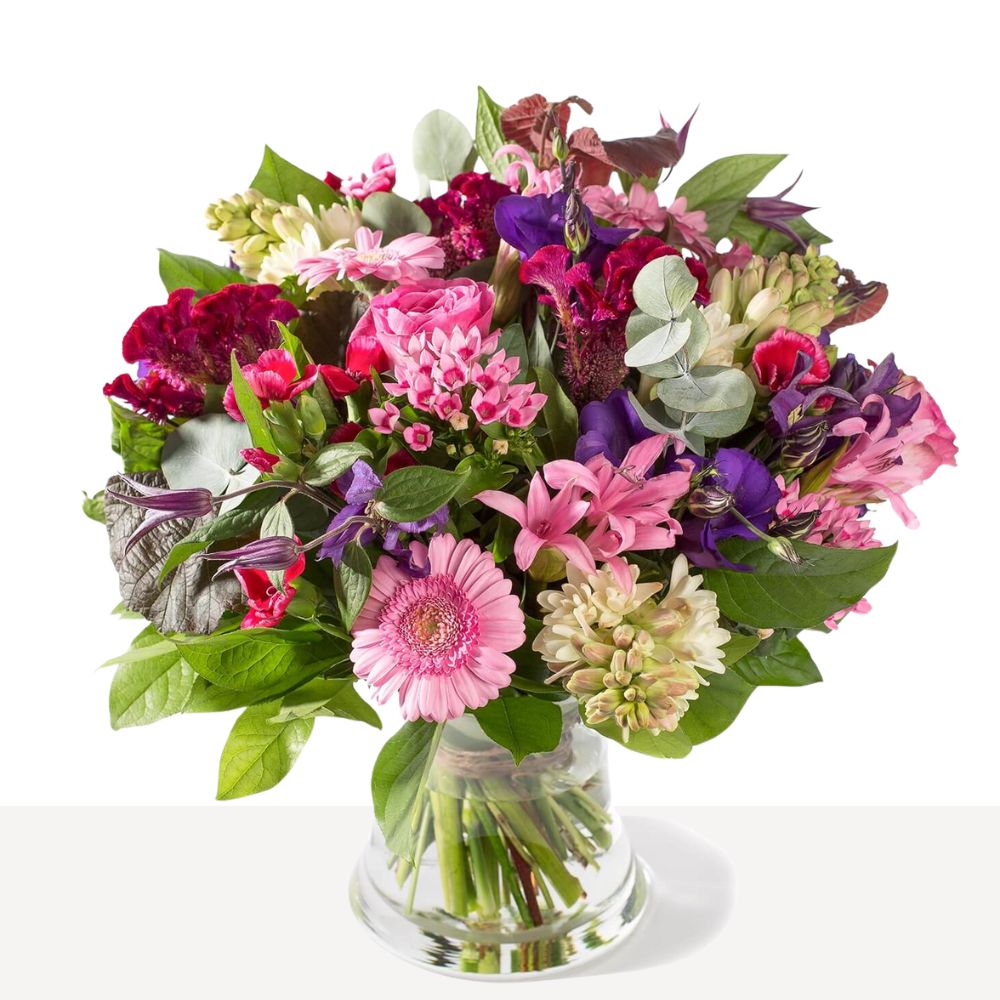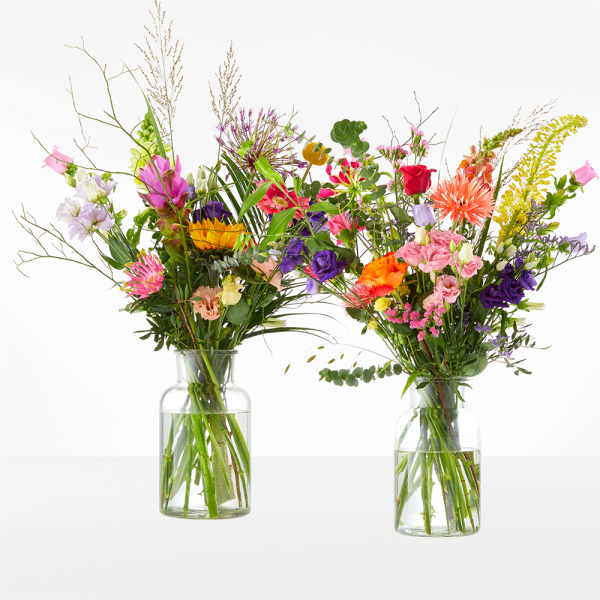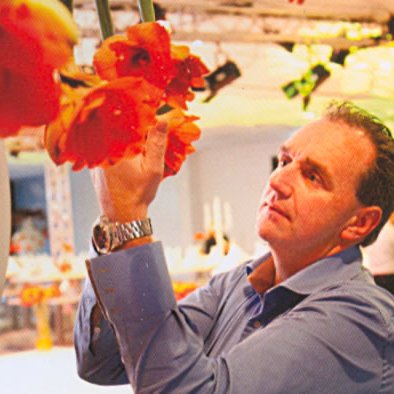Bouvardia

A Star-Shaped Bloom Full of Grace and Charm
Graceful, fragrant, and delightfully unique, the Bouvardia (Bouvardia spp.) is a floral gem that adds elegance to any bouquet. With its star-shaped, trumpet-like flowers and soft scent, Bouvardia is often used to express enthusiasm, charm, and gratitude. Whether showcased in wedding arrangements or romantic centerpieces, this cut flower is the perfect blend of delicacy and sophistication — a quiet standout in any floral design.
Name and Origin
Common Name: Bouvardia
Scientific Name: Bouvardia ternifolia (and related species)
Bouvardia is a genus of flowering plants native to Central America, particularly Mexico and parts of the southern United States. It belongs to the Rubiaceae family — the same botanical family as coffee. The flower is named after Charles Bouvard, a 17th-century French physician and superintendent of the Jardin du Roi in Paris.
Description
Bouvardia flowers bloom in small clusters, each shaped like a trumpet with a star-like opening. Their petals are delicate and tubular, often found in shades of white, soft pink, coral, and red. Each bloom is supported by long, slender stems with dark green foliage. They’re light and airy in design, giving arrangements a romantic and slightly whimsical character.
While some varieties are unscented, others have a light, sweet fragrance. Bouvardia’s symbolism includes charm, enthusiasm, and gratitude — making it a thoughtful choice in expressive floral gifting.
Season
Bouvardia naturally blooms in the summer and early autumn months. However, thanks to greenhouse cultivation, it is widely available year-round in the floral trade. Its peak seasonal charm lies in warmer months, where its fresh look complements soft seasonal blooms beautifully.
Care Tips
Bouvardia is somewhat delicate, but with the right attention, it can last 5 to 7 days in a vase:
- Cut stems at a 45-degree angle before placing them in clean water.
- Use lukewarm water with flower food to nourish the blooms.
- Remove any leaves below the waterline to prevent bacterial growth.
- Replace the water every 2 days and re-trim stems to enhance water uptake.
- Keep the bouquet away from direct sunlight, drafts, and heat sources.
A tall, narrow vase works best to provide structure and hold the stems upright without overcrowding the blooms.
Flower Combinations
Bouvardia combines beautifully with many other flowers in mixed arrangements. Pairings that work especially well include:
- Roses – for a classic, romantic feel
- Calla lilies – for contrast and elegance
- Lisianthus – to enhance softness and texture
- Freesia – for fragrance and movement
- Ranunculus – to add volume and depth
History and Symbolism
In the Victorian language of flowers, Bouvardia conveyed enthusiasm and zest for life. It was often given as a symbol of encouragement or to celebrate milestones. Its refined shape and dainty appearance have made it a favorite in classical European garden design as well as in contemporary floral art.
Its symbolism today often includes grace, charm, and appreciation — making it a beautiful gesture for thank-you gifts, romantic gestures, and heartfelt occasions.
Common Uses
Because of its refined appearance and soft structure, Bouvardia is commonly used in:
- Bridal bouquets and boutonnieres
- Romantic table centerpieces
- Sympathy flowers
- Vintage- or cottage-style floral designs
- Seasonal home décor arrangements
Fun Facts
- Bouvardia belongs to the same family as gardenia and coffee.
- The flower is popular among hummingbirds due to its tubular shape and nectar.
- Florists value Bouvardia for its lightness, which adds movement and texture to bouquets.
Bouquets with Bouvardia.
Explore floral arrangements featuring Bouvardia on Flowers.nl:


Sources
- Botanical encyclopedias
- Professional floriculture guides
- Various horticultural sources

